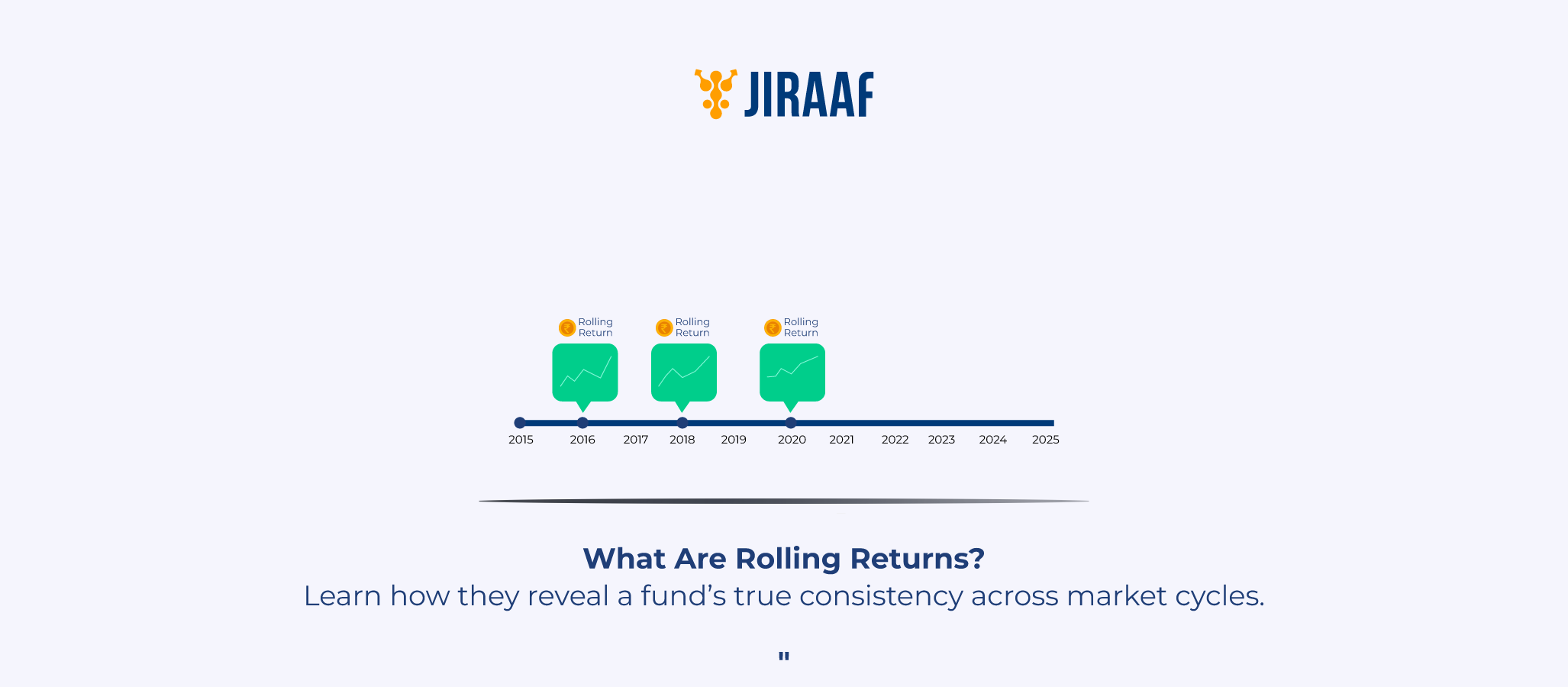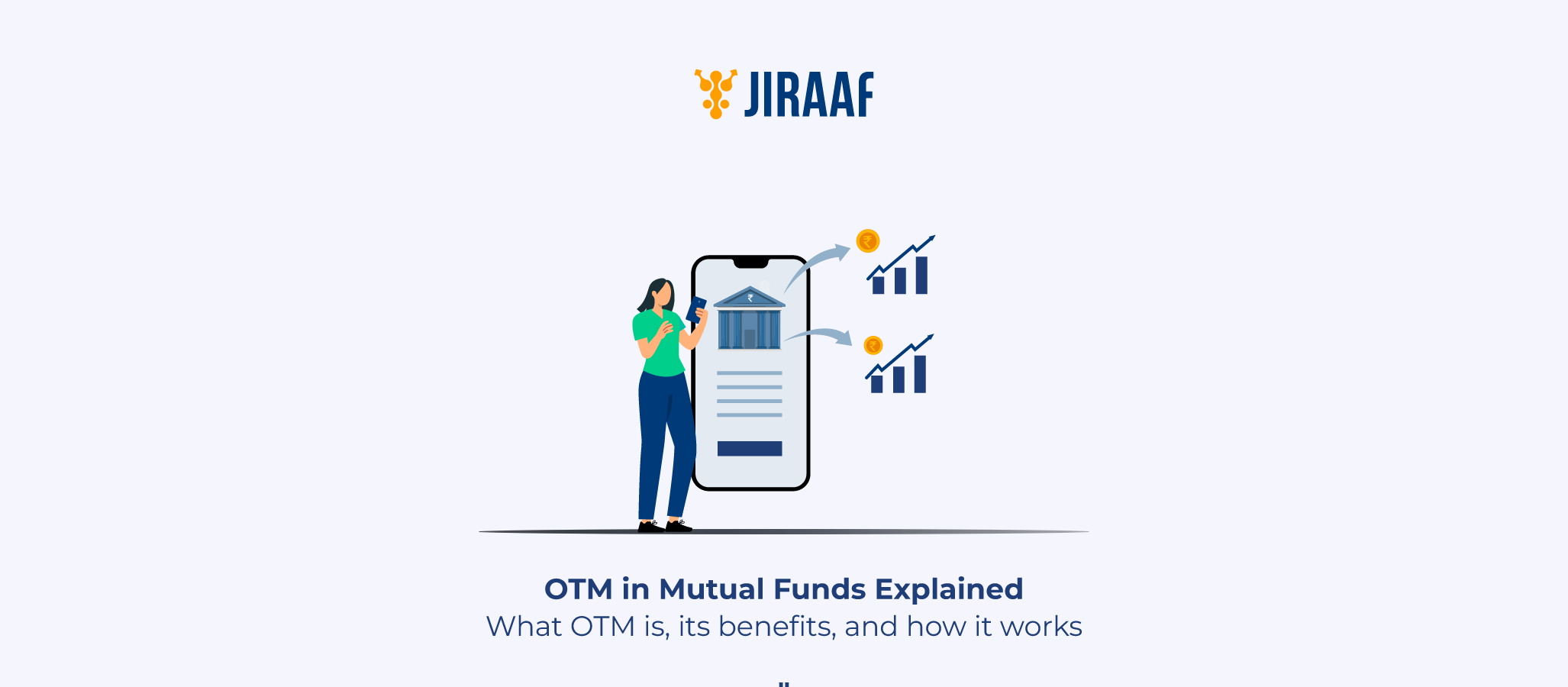Have you seen your mutual fund statement and wondered why that ₹10,000 investment bought lesser units this month than last month? That’s NAV (Net Asset Value), your fund’s per-unit price, which is determined daily. Consider NAV to be the cost of one slice of pizza. A ₹1000 pizza sliced into ten slices equals ₹100 per slice (NAV). If the pizza’s toppings (investments) increase in value, it may be worth ₹1200, or ₹120/slice. NAV is an important concept to keep track of because you buy/sell units on that particular day’s NAV and if it is growing, that means your investments are growing too.
What is NAV in Mutual Funds?
Mutual fund NAV essentially represents the value that a fund holds in the market. When you buy or sell units of a mutual fund, you pay the bid price or receive the redemption price. To calculate a mutual funds NAV, you can start with adding the total cash balance, value of securities and any other assets present in its portfolio, minus any liabilities, divided by the total number of units outstanding.
NAV is a key factor for mutual fund investments, especially when you are going to redeem them. You can calculate the redemption value by multiplying the number of units redeemed with the NAV on the sale date.
While knowing the NAV can help you understand the value of your assets, it also needs to be weighed against other related factors such as expense ratio, past performance, and of course, your overall investment goals. Experts believe that a detailed analysis of these crucial aspects will help you make educated, smart decisions and you can get where you want to be, financially.
Full Form of NAV and Its Importance
NAV or net asset value is basically the mutual fund schemes per unit price. The NAV is calculated by subtracting the total liabilities from the total assets and then dividing this by the number of units outstanding.
The NAV is an important metric, and it should be a key factor for you to focus on as an investor, mainly because it controls the price at which you buy or sell your mutual fund units. Keeping track of the changes in NAV over time can help you evaluate how well a fund performed in the past.
It also allows you to measure the value of the units you hold in a mutual fund and determine your economic situation more clearly. The statement “the higher the NAV, the better the fund” is not always true. Instead, when you are comparing different funds, their growth percentage and overall performance need to be considered first. Therefore, it is critical to gain reasonable understanding about NAV when you are investing.
How is NAV Calculated in Mutual Funds?
NAV is usually calculated every day for open-ended mutual funds, and it represents the fund’s value at the end of each trading day. The Securities and Exchange Board of India (SEBI) establishes business cut-off points and if the order is placed before the threshold, you will receive the NAV for that day.
There is a simple formula for calculating the mutual fund NAV.
NAV = (Assets – Liabilities)/Total number of outstanding shares.
Let’s understand this formula better with a real-life example.
Imagine a mutual fund with total assets worth ₹1,00,000, including stocks, bonds, and cash, and liabilities of ₹10,000 in fees and charges. With 9,000 units outstanding, the Net Asset Value (NAV) is calculated using the formula:
NAV = (₹1,00,000-₹10,000)/9000 = ₹10 per unit
This means each unit of the fund is valued at ₹10.
NAV represents real-time portfolio value, like a daily “report card” for your fund.
What Affects the NAV of a Mutual Fund?
Several factors have an impact on the NAV of a mutual fund:
- Market performance: Price fluctuations in the shares held by the fund can directly impact the NAV.
- Income distribution capital withdrawal (IDCW) payouts: When the fund distributes IDCW, the NAV can drop by that amount.
- Assets under management (AUM): The size of a mutual fund, known as its Assets Under Management (AUM), can affect the NAV by influencing factors such as management costs and liquidity. Larger AUM may benefit from economies of scale, potentially lowering per-unit costs, while smaller AUMs may face higher volatility and liquidity challenges.
- Fund expenses: The total costs of maintaining the fund, such as management fees have an impact on NAV.
- Cash inflows/outflows: When you buy or redeem mutual fund units, the NAV can change.
How to Check the Current NAV of Mutual Funds
If you want to check the NAV of a mutual fund, you can follow these steps:
- Visit the website of the mutual fund asset management company (AMC) where you’ve invested your funds.
- Search for the name of the mutual fund you’ve invested in.
- Look for the mutual fund’s NAV on the website.
With the rise of various online platforms and mobile apps, tracking the NAV of mutual funds has become quick and convenient. You can easily check the latest NAV on your smartphone. Alternatively, the AMFI (Association of Mutual Funds in India) website serves as a reliable source, providing updated NAVs for all active mutual fund schemes.
Conclusion
In conclusion, as we can see, the NAV paints a useful picture of what a mutual fund is currently worth. However, it might not be the best way to forecast the future victory that you would be looking for. A fund’s NAV, whether low or high, reflects its past performance and not its growth potential. The key to smart investments is for you to look beyond this single statistic while you are assessing your financial objectives, risk tolerance, and the fund’s past performance and fees involved. By focusing on these bigger aspects rather than pursuing a low NAV, you could be making decisions that truly reflect your long-term goals.
FAQs
What does NAV mean in mutual funds?
NAV (Net Asset Value) is a mutual fund’s per-unit price derived by dividing the fund’s total assets minus liabilities divided by the number of units outstanding. It is the per-unit value of a mutual fund plan. It is typically used to indicate the fund’s overall success.
How is NAV calculated in mutual funds?
In simple words, NAV is just the per-unit price of buying the mutual fund. It is calculated by dividing the net assets (assets-liabilities) of the fund by the total number of outstanding units.
Is a higher NAV better in mutual funds?
A higher NAV doesn’t automatically indicate that a mutual fund is better or more promising. For instance, a fund with an NAV of ₹22 is not inherently superior or inferior to one with an NAV of ₹85. NAV simply reflects the per-unit value of the fund and is influenced by various factors like the fund’s age (vintage), Assets Under Management (AUM), management expenses, and market performance. It’s important to evaluate mutual funds based on overall performance, risk profile, and consistency rather than just the NAV.
Does NAV affect the returns in mutual funds?
No, the NAV doesn’t directly impact the investment returns. A greater NAV typically indicates that the fund has previously been profitable, whereas a lower NAV can also suggest that the fund is newer or has paid out dividends.
How frequently is NAV updated?
NAV is frequently kept updated, basically on each trading day, once the stock market closes. This is the case because mutual funds invest in a variety of securities, the prices of which are fluctuating throughout the day, and a correct NAV needs a daily closing price. Unlike stock prices, NAV does not fluctuate in real time.
Discover fixed income investments with Jiraaf, a SEBI registered online bonds platform that educates and brings access to a wide array of bonds. Sign up today to explore diversified fixed income investment opportunities to support your goal-based wealth creation journey. Start investing!




